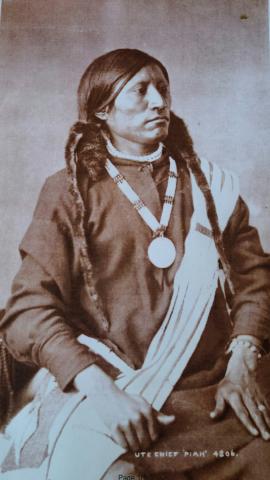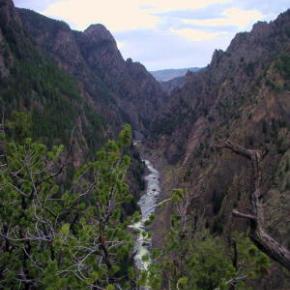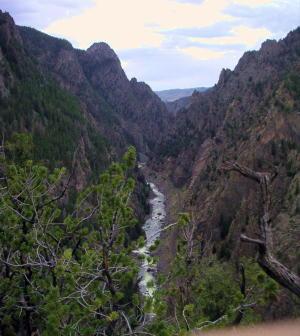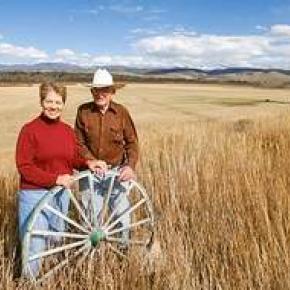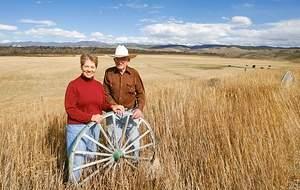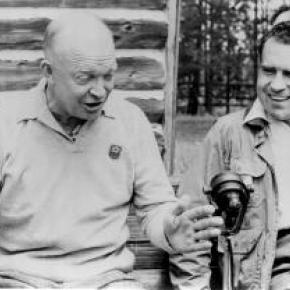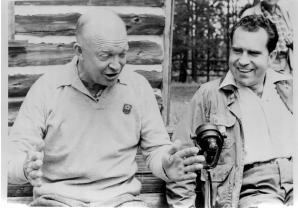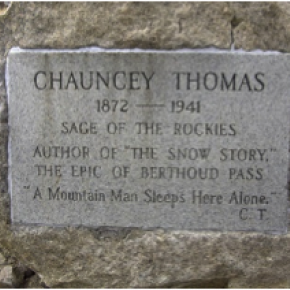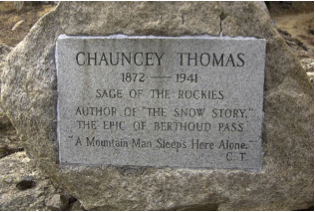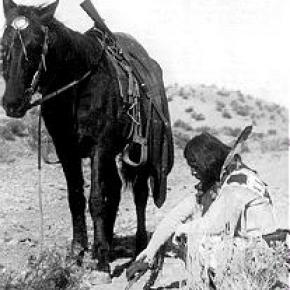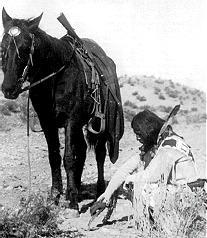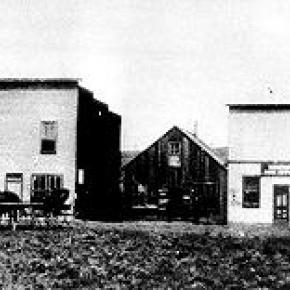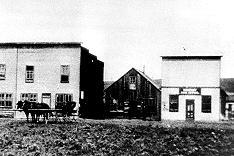Volunteer Fire Departments
.
Volunteer Fire Departments Articles
| Fire Engine No 1 - Hideaway Park Fire Department |
Fire Engine No 1 - Hideaway Park Fire Department
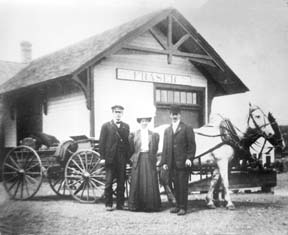
"What Hideaway Park needs is a fire engine! No way can we fight fires without more water; all we can do is watch some building burn!" The half dozen volunteer firefighters were seated around the table in Hildebrand's little grocery store on Highway 40. "I agree," said Ray. "We've talked long enough! Who's got the want ads?" Claude pulled out the latest Denver Post want ads. "I don't see any fire engines. I looked up fire fighting equipment too. Nothing there. But here's a 1940 Chevy truck for $400.00. That's just eight years old; maybe it would do." "We could mount a tank and a pump on the back," said Dwight. "Do we have enough money to pay for it?" Claude pulled out their account book. " We've $550.00. That would pay for the truck and we volunteers could use the rest to put up a shed. We can always have more Bingo nights. "Dwight, you're the Fire Chief. Why don't you and Ray go down and look at it. We'll give you a blank check so you can bring it home if it looks good." The men agreed. At last they were getting started. The following week Dwight and Ray drove to Denver to the car lot and took a look. The truck wasn't much, but the engine worked and the tires weren't too bad. Ray commented, "I know a fellow who has a galvanized tank. We can buy some 2" hose and a pump from American LaFrance. "Okay," said Dwight. "Let's take it." He brought out the check Claude had sent along and signed it. The used truck salesman looked at it and looked at Dwight. "How old are you, Mr. Miller?" "I'm 20 years old," he answered. "What's the problem? I'm Fire Chief." "Hmph, you look more like sixteen! We're not supposed to take checks from anybody younger than 21. Let me go talk to the bookkeeper." It took a long time and Dwight and Ray were getting nervous. At last the salesman returned. They'd accept the check. And so Hideaway Park got its very first fire truck. The men in town finally got the tank and pump put together and started in on a wooden building, along the main road off Highway 40 where Cooper Creek is now. Winter came early that year, and the fellows didn't have time to get the roof completed. The rafters and sheeting were up, but the 90# roofing material had to wait; so snow drifted in with every storm, and ice built up, to melt and leak later onto the truck. But the men knew they could finish up the following year. Periodically they got together to try out the pump and drive up and down through town, with their new siren wailing. Everything seemed to work. A few years passed. When fires occurred, however, the buildings still usually burned to the ground. One winter in 1952, Dwight was wakened before midnight. "The Spot is burning. Let's go! Let's go!" Ray's voice broke with excitement. Dwight jumped from bed and threw on his clothes. He could see the flames down on the highway leaping above the trees. Men were gathering at the firehouse. Dwight ran through the door and clambered up on the fire truck. He tried to start the engine. R-r-r-r --. Nothing happened. R-r-r-r. "The battery is dead," he cried. Ray and Wally were struggling to get the overhead door open and the miserable thing was frozen shut! They took a hammer to the base, but the frost wasn't about to give way and let door move. Finally Dwight cried, "Let's slip a cable under the door and hook it to the truck. We can pull the truck out and on down to Vasquez, to fill the tank." The cable was soon in place and Claude jumped into his truck and started pulling. With the fire truck in gear, it moved forward, hit the double garage door, and continued on. With a groan and a jerk, the engine and siren finally started. Dwight guided the rig onto the road with the door riding on top of it, blinding him. At last, the door fell to the ground. At the creek, the fellows pulled the hose down to the water and chopped a hole in the ice. Another started to hook the hose onto the pump. "The hose has shrunk! It won't fit!" "What? It did the last time we practiced!" The volunteers looked at each other and threw up their hands in disgust. The Spot to Stop was burning fiercely by this time, but Ray said, "Let me string my garden hose across the highway. I think it's long enough, and maybe it will do some good." This is what he did, but it was too late. That building was a goner. The townspeople stood around until there was nothing left but ashes; then they went home to bed. The firemen met the next morning to decide what to do about the truck. They eventually chose just to leave it there all winter. It sure wasn't going to do anybody any good. The next winter, that fire truck had a new hose! Some years later, Dwight and Jean Miller gave land for a volunteer fire building, which was made of metal and which had a heater. And over the years, better trucks were purchased and the men received some proper training. The early volunteers had a perfect record ? they never saved a building. Some of the volunteers in 1947-48; there may be others. |
| Grand Lake's First Fireboat |
Grand Lake's First Fireboat
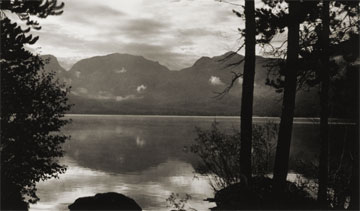
During the summer of 1960, Jeff E. Fuller and Don Drake formed Mountain Services Inc. to offer Grand Lake shore owners protection by patrolling the properties. In May of 1961, Don Drake promoted the idea of a fireboat and with donations, a 1960 18 foot Buehler Turbocraft Jet 56 was purchased and equipped to fight fires. Don tested the water jet and found that it would pump enough water to reach the fourth story of the five story-14 bedroom Oscar Malo home. Ironically, on September 10, 1961, that very home caught on fire. The home was completely engulfed by the time Don got the fireboat to the location but, with the help of Elmer Badger and Jerry Gruber, they concentrated on the 4-slip boathouse. The heat was so intense it melted the plastic trim on the fireboat but the boathouse was saved and still stands today.
|
Articles to Browse
You are here
Error message
- Notice: Undefined index: quantity in omega_views_mini_pager() (line 234 of /var/www/html/docroot/sites/all/themes/omega/omega/inc/theme.inc).
- Notice: Undefined index: quantity in omega_views_mini_pager() (line 234 of /var/www/html/docroot/sites/all/themes/omega/omega/inc/theme.inc).







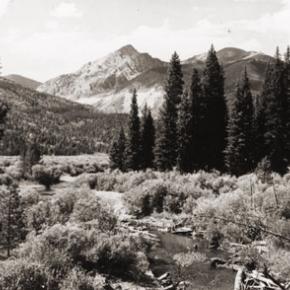
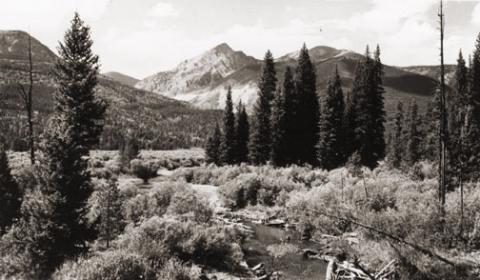
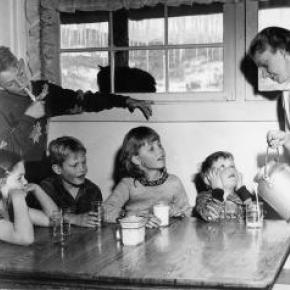
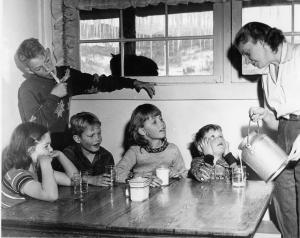
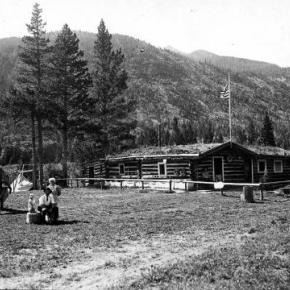
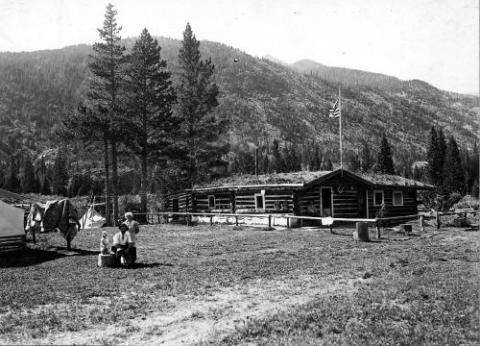
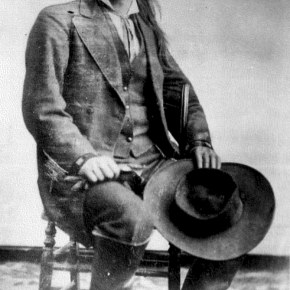
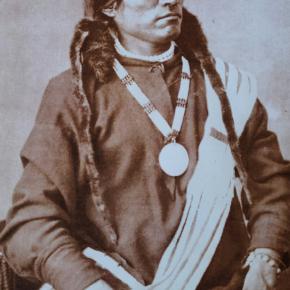
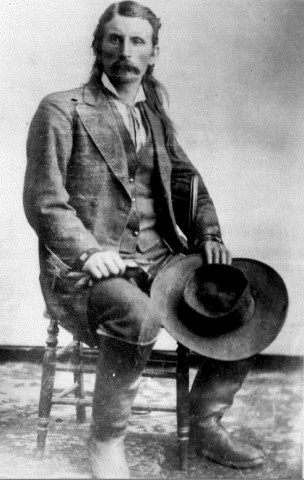 ,
, 